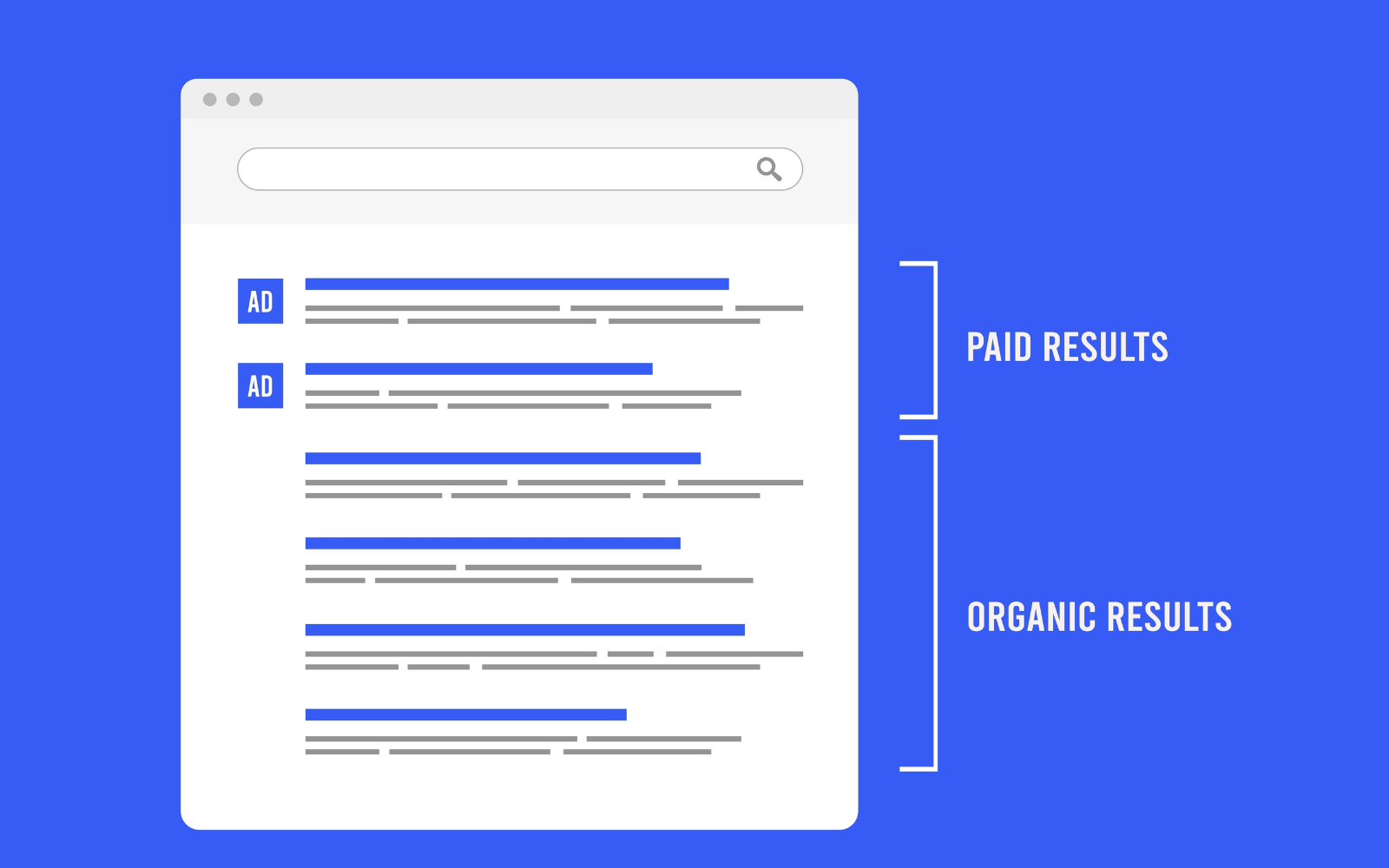Google's Focus on User Experience Amidst Ads Optimization
Google, the search engine giant, undeniably has a vested interest in persuading users to engage more with sponsored advertisements. However, it's crucial that this promotion doesn't overwhelm or compromise user experience, and there’s growing concern that Google may be missing the mark on maintaining this balance.
Traditionally, search engine result pages (SERPs) were user-friendly, with ads generally positioned at the top or the bottom, sandwiching purely organic results. However, in recent times, the lines seem to be blurring, creating a rather confusing landscape for users. Let's delve deeper into the crux of the issue and the recent trends, which seem to underscore Google's changing approach to sponsored ads.
The Shift in Norms - A Conceptual Overview
In a surprising turn of events, Google’s basic guidelines regarding ad placements have undergone major transformation. The new dictum is that "top ads may show below the top organic results on certain queries". This revelation highlights the dynamic nature of ad placements and is causing a significant stir in user communities and digital marketers alike.
Chronicling the Changes
Before the official announcement of this dramatic policy change, Google had been prudently experimenting with ad placements for almost a year. The placement of sponsored ads amidst organic listings was trialed in various forms over a 10-month span.
- June 17th, 2023: Initial Testing
Google's first foray into trialing this change was primarily on mobile search results. During this phase, the changes were subtle and relatively inconspicuous, sneaking past most users. - October 23rd, 2023: Intensified Testing
The testing phase was escalated, and this time around, it caught the attention of the wider SEO community. Ad labels started appearing intermingled with organic listings across both mobile and desktop platforms. - March 28th, 2024: Official Announcement
On this landmark date, Google’s Ads Liaison announced the final version of the policy change indicating that the initial testing phase was moving to permanency. From then on, users could expect to see ads mixed amidst their organic search results.
Dissecting the Ad Placement Strategies
Two months post the official announcement of the changes, we've gathered substantial insights into how Google is integrating sponsored ads with organic results. Two patterns seem to emerge based on the observations and data collected.
- In the Midst of Organic Results: Google follows the standard practice of embedding carefully curated ads within the top organic results. In most scenarios, one or two ads are bunched together in this setup. Rarely do we see more than four ads placed in a row.
- Below the Featured Snippets: This appears to be the more prevalent case where ads are strategically placed immediately after the featured snippet. Here, a cluster of four ads following the featured snippet is a common sight.
The first strategy seems to aim at luring more clicks on ads while desensitizing users to ads positioned at the top. On the contrary, the second strategy is seen to favor the user's query where the organic listing receives prominence at the top, undeterred by ads. This could certainly be a positive step towards improving UX.
Deciphering Google's Intent
While these new ad placement strategies might appear intimidating to some, they don't necessarily spell doom for organic search. Google's intent behind these changes is not entirely unfathomable. With the current ad placements, organic listings remain highly visible. Considering the needs of businesses and advertisers, Google is in the process of striking a delicate balance between enhancing user-experience and driving ad revenues. In view of all this, the move could be seen as a step towards user-centric evolution than an intrusion.
Investigating the Changes with Tools
Monitoring these changes becomes an essential parameter for strategic SEO. Tools like Semrush offer opportunities to assess the position of your ads across different queries. However, the collected data doesn't facilitate a relative comparison between the position of ads and organic listings.
A possible workaround for this limitation is to use the "Ads top" as a SERP feature filter in Organic Research. Although this method does not allow you to filter URLs for a specific domain, it helps highlight instances where "top ads" are a SERP feature across the Semrush index. Thus, a historical analysis of top ad inclusions post the launch highlights the fact that the mixing of ads with organic results is still a rarity.
Observations and Conclusions
The directional shift in Google's ad placement policy has engendered various reactions. However, upon deep analysis, the change doesn't seem to bear the threat of alarming proportions. It is clear that Google is still in a process of testing and adaptation, with ads continuing to appear in conventional positions in the majority of cases. Therefore, on a concluding note, the alteration of perceptions towards Google’s advertising techniques can be considered a manageable adjustment rather than a major shake-up within the industry. Expect more exciting days ahead, and don’t forget to keep an eye on the progress!
Image/Photo credit: source url
[ad_2]



